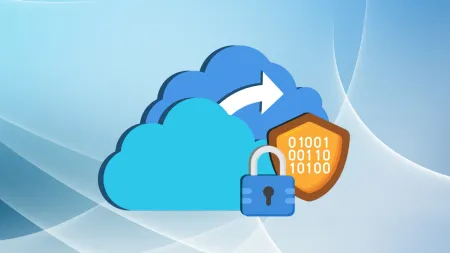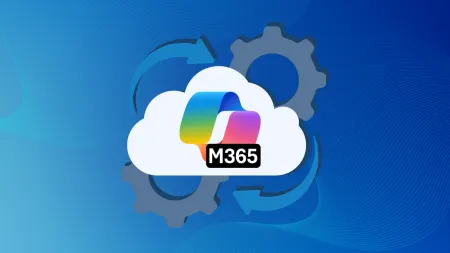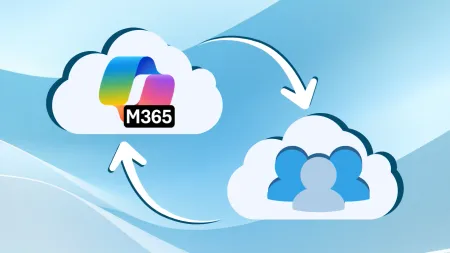Skype for Business Becomes Microsoft Teams What to Know
Last month Microsoft finally put the rumors to rest They announced at their Ignite conference in Orlando Florida that they plan to replace Skype f...

Last month, Microsoft finally put the rumors to rest. They announced at their Ignite conference in Orlando, Florida that they plan to replace Skype for Business with Microsoft Teams.
The rebranding announcement has had mixed responses amongst IT professionals so far. Some feel that the effort does make a lot of sense, as the Skype for Business platform has often been confused with the consumer-based platform, while others have met the supposed change with a bit of apprehension.
We understand you may have some questions about this switch. Here’s what you need to know about Skype for Business and the new Microsoft Teams.
For Now, You Can Opt In
According to a message posted in the Microsoft admin portal on September 7th and shared via a Twitter post by Microsoft MVP Tony Redmond, the decision to switch over to Microsoft Teams from your Skype for Business program is optional while Microsoft continues to work on enhancing the Microsoft Teams experience.
It’s important to note that Skype for Business will not be turned off overnight, and that nobody will be forced into Microsoft Teams at this time — however those heavy users of Office 365 may want to become comfortable with transitioning to Teams the app will be gaining the features Skype for Business offers over time.
According to Redmond’s article, this new version of Microsoft Teams “would include all the personal chat functionality now available in the full Teams client (IM video, and voice) and run on the new Skype backend.”
The full Microsoft Teams client will continue as it is now, and you can already schedule online meetings with Teams through Outlook just as you can with Skype for Business, so no functionality is lost in this sense.
New Microsoft Teams Features
The transition makes Microsoft Teams the core communication platform for enterprise. Microsoft has been building a new Skype infrastructure that will be the enterprise-grade solution for video, voice and meetings in Microsoft Teams. New innovations Microsoft announced for Teams includes.
- Basic calling features including call transfer, hold, speed dial and voicemail, as well as inbound and outbound calls to PTSN numbers.
- Enterprise meeting features including anonymous join and lobby, application and PowerPoint sharing, presenter controls, cloud recording and transcription and dial-in audio conferencing.
The Future of Skype for Business
Current Office 365 users can take advantage of Microsoft Teams immediately and will be able to see upcoming Teams features will be available on the Office 365 Roadmap.
Microsoft also announced it plans to continue support for Skype for Business service and client and will release a new Skype for Business server in 2018. Currently, Microsoft Teams and Skype for Business clients can be run side by side.
See Microsoft’s FAQ on transitioning from Skype for Business to Microsoft Teams. Questions? Schedule a call to evaluate your options today.





